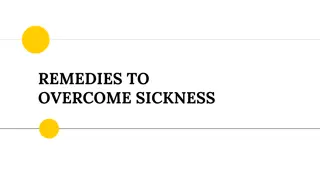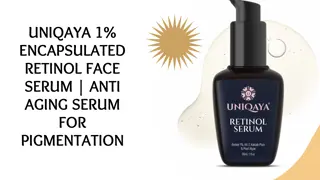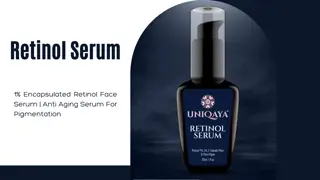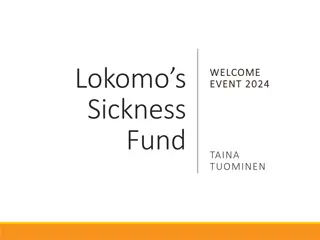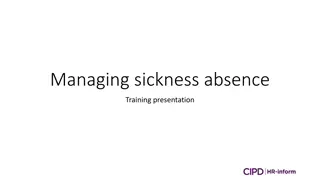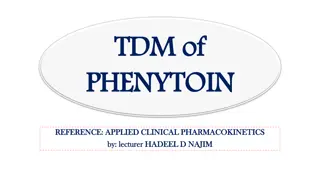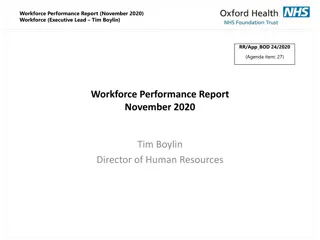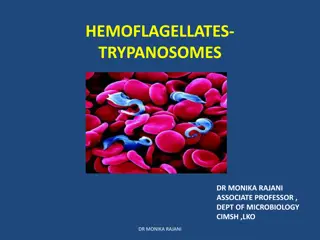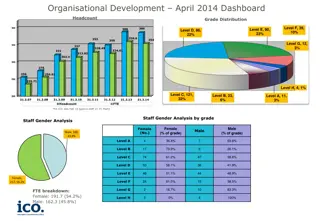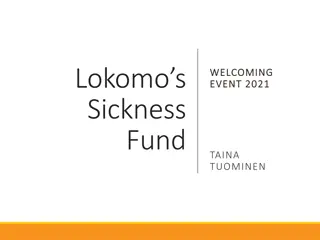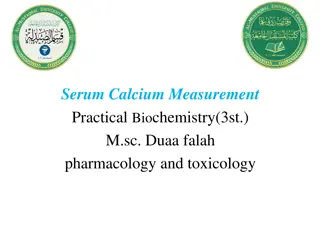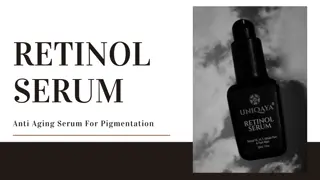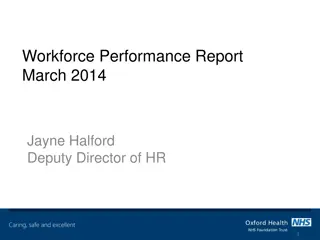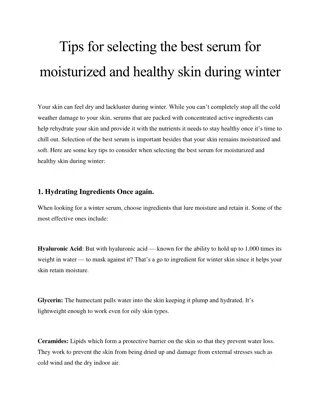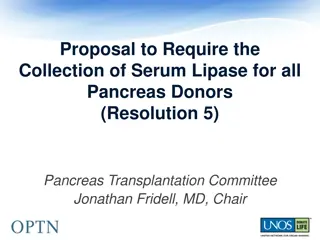
Understanding Serum Sickness and Immune Complex Reactions
Learn about serum sickness and immune complex reactions, their symptoms, causes, diagnostic methods, and treatment options. Discover how to prevent these reactions and manage them effectively. Explore visuals depicting the conditions for better understanding.
Download Presentation

Please find below an Image/Link to download the presentation.
The content on the website is provided AS IS for your information and personal use only. It may not be sold, licensed, or shared on other websites without obtaining consent from the author. If you encounter any issues during the download, it is possible that the publisher has removed the file from their server.
You are allowed to download the files provided on this website for personal or commercial use, subject to the condition that they are used lawfully. All files are the property of their respective owners.
The content on the website is provided AS IS for your information and personal use only. It may not be sold, licensed, or shared on other websites without obtaining consent from the author.
E N D
Presentation Transcript
IIIImmune complex reactions 1 3 weeks after drug exposure (Cefaclor) Antigen-antibody/aggregates Blood vessels,liver, spleen,kidney, lung Complement, anaphylatoxin, Hypersensitivity pneumonitis
Common inciting agents include : blood products foreign proteins: antithymocyte globulin and antivenoms Medications: penicillin, sulfonamides, minocycline, cefaclor, hydantoins, and thiazides
Urticaria,Petechiae/Purpura(dorsal and palmar or plantar aspects of the hands and feet)/fever The symptoms of serum sickness typically occur 7 to 21 days after the administration of drugs, foreign proteins, or infections Symptom onset may be more rapid (within 1 to 4 days) in previously sensitized individuals polyarticular arthralgias, lymphadenopathy Carditis, glomerulonephritis, Guillain-Barresyndrome ,encephalomyelitis,and peripheral neuritis are rare complications
Elevated ESR Circulating immune complexes Depressed complement (C3 and C4) Skin biopsy( deposits of IgM, IgA, IgE, or C3) Hematuria or proteinuria
self-limited and resolves within 1 to 2 weeks Antihistamines to relieve pruritus NSAID drugs are given for fever and joint pain prednisone (1 to 2 mg/kg orally daily) Allergy skin testing does not predict the serum sickness development The primary means of prevention is to avoid exposure to the implicated cause

